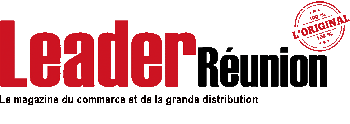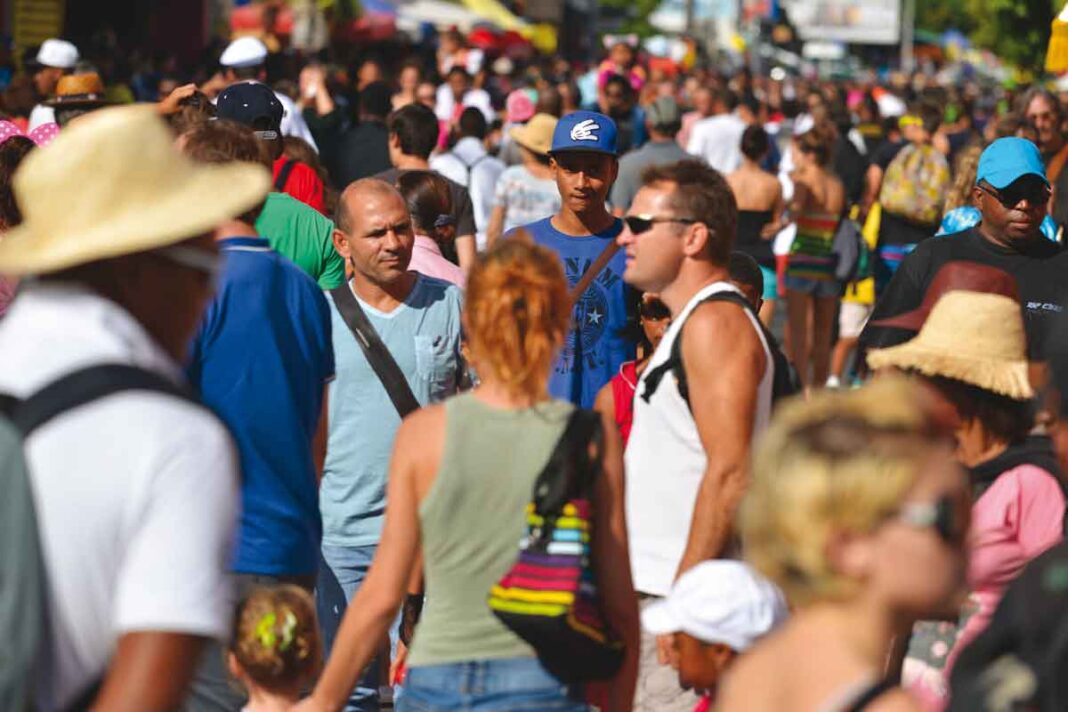Kantar Worldpanel's decryption of consumption figures at the end of September 2022 (cumulative from December 27, 2021 to September 4, 2022) highlights French consumers’ strategies for adapting to inflation : 65% of arbitrations concern product changes, 30% on a reduction in purchases. In addition, the desire to buy differently.
Since the start of 2022, FMCG-FLS* markets recorded contrasting results with, on the one hand, a growth in value of +1,1 %, driven by accelerating inflation, and on the other, a decline in volumes oriented downwards -0,2 % (-1,4% over a year shifted to the end of September 2022). This “de-consumption” is still a post-Covid-19 effect and is in reality explained by a strong history where teleworking and curfews have favored home consumption. Food markets are resilient, and remain at consumption levels higher than 2019, at +4,5% by volume. The average budget spent on shopping by each household is 2,392 euros since the start of the year, compared to 2,380 euros last year, with the key to strategies for adaptation to inflation and very tangible changes in behavior in the face of rising inflation.
The French forced to downgrade
65% of arbitrations concern product changes, before changing stores or buying more on sale. Unlike the strategy adopted during the Covid-19 crisis, French households come more often to do their shopping with four additional visits (84 visits in 2022 compared to 80 in 2021), but leave with smaller baskets (28,50 euros against 29,60 euros in 2021 and 27,30 euros in 2019), filled with less valued items than before. The rise in prices has slowed down an underlying trend that had prevailed for several years and which consisted of favoring more expensive products such as labeled products., local products, SME brands, fresh or organic products. The trend of “eating better” is nevertheless holding up quite well thanks to ecological products and nitrite-free products on the rise, and the food transition still seems to be underway, as evidenced by its weight in value which still captures 22,4% of the FMCG-FLS market.
Price once again becomes the number one criterion
However, the price criterion has once again become the number one criterion for consumer choices., who look to the first prizes (PDM of 1,8 %, +0,3 point), distributor brands (PDM of 25%, +0,4 point), and the cheapest brands, those who have been fighting in the field of purchasing power for a long time. The promotion, as for her, was not a lever activated as a priority by consumers, probably because shortages on certain products and increases in raw materials have not encouraged manufacturers to invest more in promotion. Another consequence, shoppers return to hypermarkets (PDM of 29,9 %, +0,2 point) who have drawn up a whole arsenal of measures to gain traffic, like anti-inflation shields, price reductions at the pump, the promotions. This circuit, although in decline for fifteen years, benefits from a post-health crisis rebound effect and an inflationary context which is more favorable to it.

The most sacrificed products are traditional fresh products : the French continue to drastically reduce their purchases of traditional fresh products which are declining by 6,4% by volume. On the PGC-FLS product side, the number of products purchased contracts by 0,6 %. It's not a massive drop, because households have lost the habit of eating outside their homes, and the catering sector has not yet fully returned to its pre-Covid-19 cruising speed (-11% commercial attendance in the first half of 2022). However, the marked declines in many inflationary grocery categories clearly reflect the choices made by households., and changes are also seen in the composition of their meals with simpler recipes and a concentration of the meal around the main course (fewer starters and desserts…). A two-speed France is clearly emerging. The most modest households are the most impacted and have had to resolve to reduce the size of their purchases in very inflationary homemade categories. (flour, butter, mustard, pasta…) and in very emblematic markets such as meat (-15,3% by volume) and the fish (-18,5% by volume).
Buy differently
Environmental concerns are on the rise : 85% of households want to buy less to avoid waste. Recent months have seen an emerging trend, that of “re-commerce” which consists of recycling more, resell, and now also repair. End of carelessness, end of abundance… A quarter of French people now intend to have their shoes or clothes repaired. Yesterday a sign of poverty, repair is today a marker of ecological awareness.
An expected accentuation of the drop in volume
51% of French households feel that their financial situation will deteriorate, and 59% say they do not want to indulge in their purchases of everyday products. The perception of purchasing power has never been so low since December 2012, date of the previous inflationary period experienced by the FMCG markets. With an index of 55, this is by far the lowest index during this decade. The gap between their purchasing power and their purchasing desire is increasing among vulnerable households and now reaches 25 points. What's new in recent weeks is that, From now on, even in preserved homes, the perception of their purchasing power is at the same level as their purchasing desire.
* PGC-FLS : Consumer Product — Self-Service Fees.
METHODOLOGY
This data comes from a sample of 20,000 Worldpanel panelist households.. They are calculated on a universe of all general circuits (hypermarkets + supermarkets + brands predominantly own brands + local shops + internet) and specialized circuits. They represent the expenditure of ordinary households in PGC-LFS for consumption at home. Kantar is the world leader in research and consulting based on objective data.












